When people with mental health problems are in crisis, police often are the first responders. Since many officers have little to no training on how to assess or treat mental illness, these situations can easily become violent.
In 2024, for example, 118 people were killed across the U.S. after police responded to reports of someone having a mental health episode. Such cases can lead to charges of police brutality.
This problem is not new. One of the first cases to receive wide attention and spur reform efforts happened 41 years ago, on Oct. 29, 1984. On that day, a white New York City police officer fatally shot 66-year-old Eleanor Bumpurs, a Black woman. Bumpurs, who lived in public housing and had a history of mental health problems, was killed during an eviction.
Bumpurs’ death ignited one of New York’s most significant social justice campaigns of the 1980s, centering on Black women’s encounters with police. It influenced decades of debate over police response to those with mental illness, which have continued right up to New York City’s current mayoral election.
Bumpurs lived across the street from my childhood home, and I was 10 years old when she was killed. In my new book, “Tell Her Story: Eleanor Bumpurs & the Police Killing That Galvanized New York City,” I explain how the police shooting of a grandmother roiled my neighborhood and sparked citywide action.
Associated Press
The eviction
On the day of the shooting, officers from the New York City Police Department’s Emergency Service Unit and the city housing agency gathered with a city marshal, public housing and welfare workers and medical technicians outside Bumpurs’ apartment. They were there to evict Bumpurs, who was four months behind on her rent and owed the city a little over US$400, equivalent to about $1,240 in today’s dollars. Housing Authority policy required police to accompany city marshals to all evictions.
As I recount in my book, this group believed Bumpurs was violent. Housing officers told the police that she was mentally ill and had a history of throwing lye on strangers.
While Bumpurs had a history of mental illness, she was also an elderly woman in need of medical care. As The New York Times editorial board later pointed out:
“… neither the city’s Housing Authority nor Human Resources Administration seemed able to help. Officials were unable to secure an emergency rent grant, for which she would have easily qualified. A consulting psychiatrist found her unable to function and recommended hospitalization, but no one moved fast enough.”
The officers were tasked with subduing Bumpurs. They had little information about her underlying condition or training to manage it.
Armed with gas masks, plastic shields, a restraining bar and a shotgun, six officers entered Bumpurs’ apartment. Police observed Bumpurs wielding a butcher knife in her right hand. Officer Stephen Sullivan fired two blasts with the shotgun. The first severely damaged Bumpurs’ right hand; the second struck her in the chest. Bumpurs died at a local hospital.
Public outrage
Bumpurs’ killing shocked New Yorkers. City leaders and community activists condemned what they saw as the NYPD’s use of excessive force against Black people and other people of color, particularly those with mental health conditions.
As then-city clerk and future mayor David Dinkins put it, “It is inconceivable to me that deadly force was employed here.” The New York Times called Bumpurs’ death “a grave error of police procedure and judgment.”
Bumpurs’ killing was discussed in Sunday morning sermons, university lecture halls, beauty salons and barbershops. Many New Yorkers denounced the shooting, although others praised Sullivan for protecting the lives of his fellow officers.
Artists took up Bumpurs’ cause. In her 1986 poem “For the Record: In Memory of Eleanor Bumpers,” Audre Lorde wrote:
Who will count the big fleshy women
the grandmother weighing 22 stone
with the rusty braids
and gap-toothed scowl
who wasn’t afraid of Armageddon
. . . .
and I am going to keep writing it down
how they carried her body out of the house
dress torn up around her waist
uncovered
past tenants and the neighborhood children
a mountain of Black Woman
and I am going to keep telling this
if it kills me
and it might in ways I am
learning
In 1989, Brooklyn filmmaker Spike Lee dedicated his movie “Do the Right Thing” to Bumpurs and other Black New Yorkers killed by police officers.
Critics argued that Sullivan should be terminated and charged with homicide. They called for holding city workers responsible for mishandling the eviction and pressed Mayor Edward Koch and U.S. Attorney Rudolph Guiliani to investigate it.
Through rallies, grassroots lobbying and letter-writing campaigns, activists demanded legal justice for Bumpurs. They also called for reforms, including new police policies.
Amid activists’ calls for his arrest, Sullivan said he had been justified in shooting Bumpurs. He insisted that he had followed police procedures.
City action
In response to Bumpurs’ death, the NYPD implemented new procedures. Public pressure from activists inspired policy changes.
Officers were instructed not to confront “an emotionally disturbed person believed to be armed or violent. No action will be taken until the Precinct Commander or Duty Captain arrives and evaluates the situation.”
The new policies prioritized nonlethal methods for responding to these emergencies, instructing officers to use nets, Tasers and restraining bars and shields rather than guns.
Bumpurs’ family filed a $10 million lawsuit against the city, which ultimately led to a $200,000 settlement in 1990. In 1985, Sullivan was indicted by a Bronx grand jury on a manslaughter charge, which carried a maximum of 15 years in prison. He was convicted but acquitted on appeal in 1987 and restored to full duty.
Little lasting change
Even as the NYPD has adopted various training programs, people with mental illnesses continue to face excessive and deadly force when they confront the police.
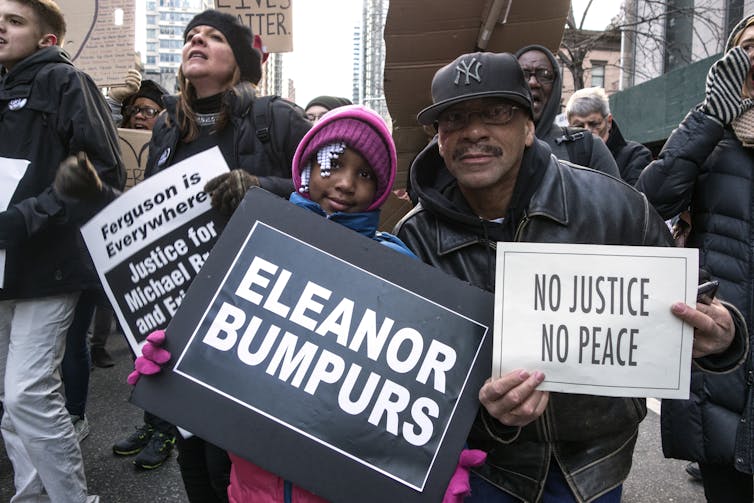
Viviane Moos/Corbis via Getty Images
Most recently, then-Mayor Bill de Blasio launched the Crisis Intervention Team in 2015 and the Behavioral Health Emergency Assistance Response Division program in 2021. In 2016, approximately 4,700 NYPD officers out of a force of slightly over 35,000 completed Crisis Intervention Team training, which provided instruction for responding to mental health emergencies.
Nonetheless, New Yorkers continued to confront police violence. On Oct. 18, 2016, police Sgt. Hugh Barry responded to reports that 66-year-old Deborah Danner, who was schizophrenic, had been screaming in the halls of her Bronx apartment building. Barry, who had not received CIT training, fatally shot Danner when she allegedly swung a bat at him. Barry was later indicted and acquitted of murder in 2018.
The B-Heard program dispatches mental health professionals and fire department paramedics to 911 mental health calls. As of 2024, however, it covered only 31 out of 77 NYPD precincts. Police officers still respond to many mental health calls using Tasers or firearms.
On March 27, 2024, for example, 19-year-old Queens resident Win Rozario called 911 because he was experiencing a mental health episode. Since no B-Heard unit served Rozario’s neighborhood, police were dispatched. Rozario was fatally shot minutes after officers entered his home.
Other U.S. communities have had greater success using civilian response teams. Examples include Denver’s Support Team Assistance Response program and Seattle’s Law Enforcement Assisted Diversion initiative.
Research shows that such initiatives are safer and more effective than relying on law enforcement interventions. They produce better outcomes for people with mental health conditions and help keep communities safer.
In interviews with Bumpurs’ daughter, Mary, I asked what she saw as the legacy of her mother’s case.
She replied, “To keep her spirit moving. To let people know what happened to her.”
More than 40 years after Bumpurs’ death, the public continues to remember her death. Activists and writers have paid tributes and written articles about Bumpurs, signaling the importance of her tragic killing to the current political movement against police violence.
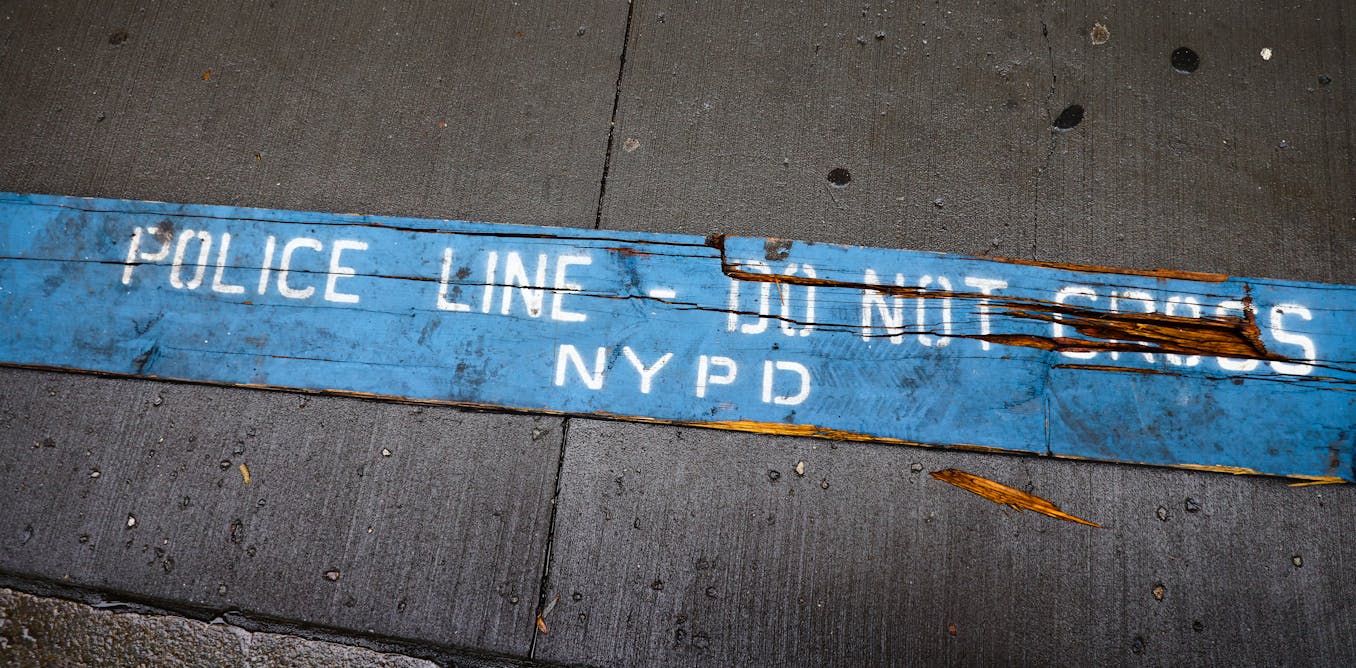
The post “More than 40 years after police killed Eleanor Bumpurs in her Bronx apartment, people still #sayhername” by LaShawn Harris, Associate Professor of History, Michigan State University was published on 10/28/2025 by theconversation.com




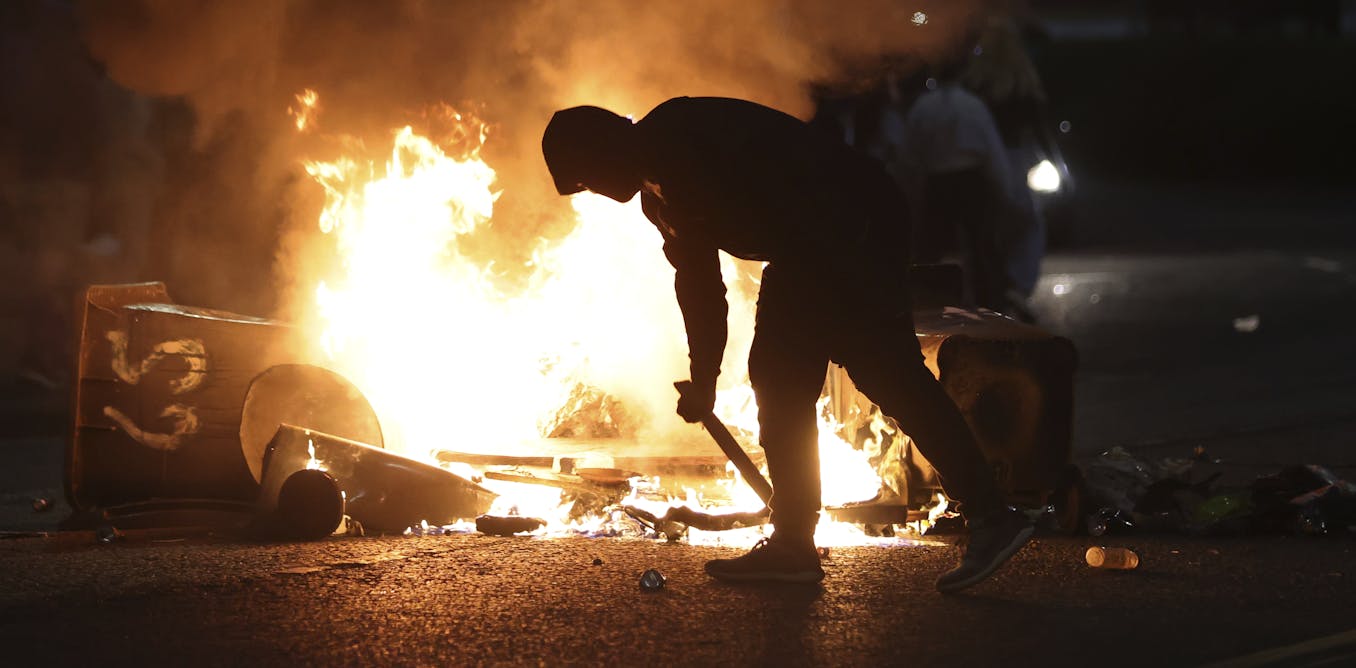








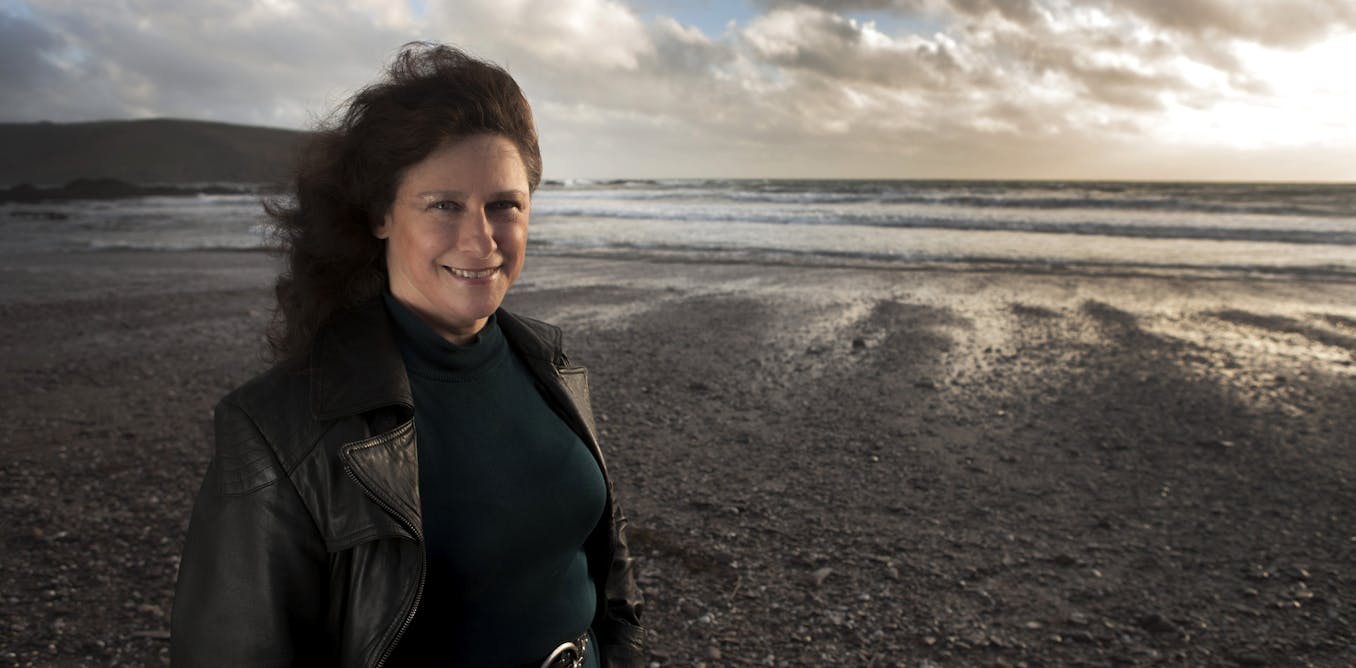

















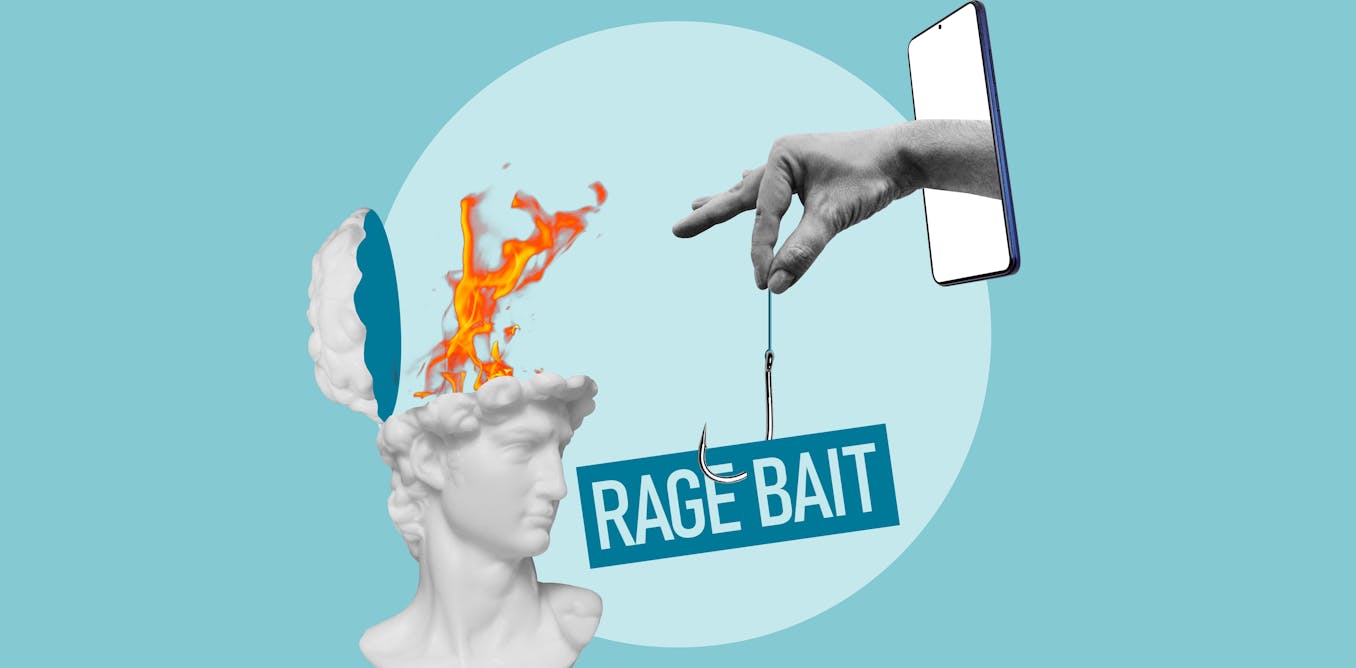






Leave a Reply